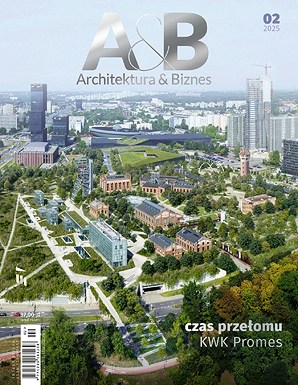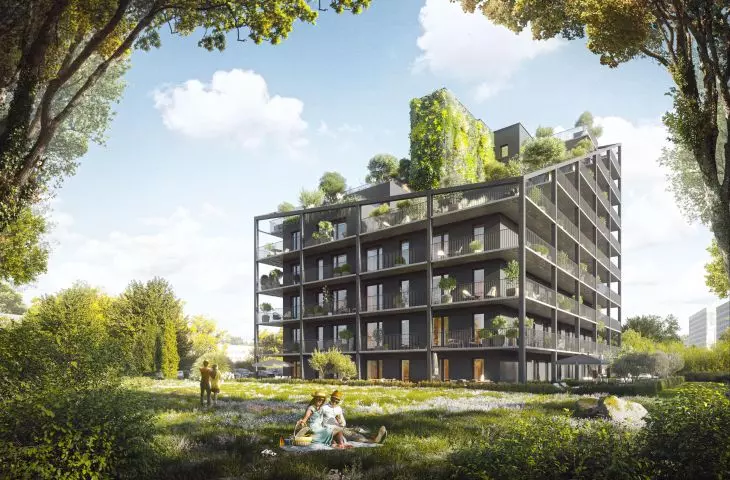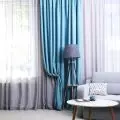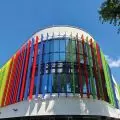A modern multi-family building designed by Franta Studio - Zorro is under construction in Zory. The architecture of the building tries to correspond with the surroundings, meet the investor's requirements and represent a new quality in the urban space.
The architects of Franta Studio tried to create an object that, located next to a housing estate of large-panel buildings, would introduce a new quality - architecture that could serve as a model for the further transformation of this district of the city. Zorro - was created on the basis of a recomposition of a typical prefabricated residential building. Then it was decided to dynamically cut the rectangular block, uncovering the roof, into which wide terraces full of plants were incorporated.
visualization of Zorro
© Franta Studio
Maciej Franta, one of the authors, talks about the building itself.
Wiktor Bochenek: Where did the idea for the name - Zorro- come from?
Maciej Franta: It is a hybrid of Zorro and Zoro. The idea came at the time of designing, when we noticed complexes of large slab buildings. We tried to recompose this space - the first thing we did was we wanted to cut it dynamically, to give it expression. This cutting allowed us to expose part of the terrace. We came up with the idea of an architectural super hero - an object that improves the quality of the space. Due to the fact that ultimately the object was to be located in Zory, we decided that we would call it Zorro [laughs].
visualization of Zorro - terraces
© Franta Studio
Wiktor Bochenek: Is this object supposed to blend in with the space, or is it supposed to provoke, though?
Maciej Franta: He, on the one hand, is very simple - a modular facade solution in the form of regular rhythms. At the same time, it is very distinctive - maybe not provocative, but it certainly draws attention as a new point of reference.
Wiktor Bochenek: Zory is an interesting way of locating - quite different from large urban centers?
Maciej Franta: It is not a downtown development. If an object is built not far from the entrance to the city, it also becomes its business card showing a new quality. Of course, bold, interesting buildings are being built in Zory, such as the Fire Museum. Will such bold architecture be popular in Zory? This is a city on the border of agglomerations, which makes it a good location conducive to investment . Silesia is not a region concentrated only in Katowice. I believe that high architectural quality pays off for everyone. An interesting project in Chorzow sells several times more expensive, as exemplified by Villa Reden, designed by our studio.
Zorro visualization - view of the terraces
© Franta Studio
Wiktor Bochenek: What inspired you to create such a block?
The idea comes from the fact that if we create a super hero - we improve the standard of living. We are creating a new space for living. When formulating it, we wanted to create a solid with a regular character, but at the same time dynamic. This intersection reveals the interior - greenery, terraces. Then we equip this solid with all the elements of a super hero - a cape of balconies filled with greenery. We obtained a compact object.
Wiktor Bochenek: What is the question of energy savings?
Maciej Franta: Leaving aside the technological issues - wall insulation, energy-saving materials, connection to the district heating network - we are trying to appeal to the integration of man and nature. The balconies we are talking about are supposed to provide adequate shade and protection from strong sunlight. Through which, for example, there will be no need for air conditioning. We also see environmental protection through a different prism than the use of technology. This roof garden is to create a microclimate. We are creating a fifth facade - a previously unused roof gets a unique function.
visualization of Zorro - solid
© Franta Studio
Wiktor Bochenek: When is the facility to be built?
Maciej Franta: It is already under construction. Zorro should be built by the end of next year. The investor is the Blockhaus company from Laziska.
WiktorBochenek: Thank you for the interview.































